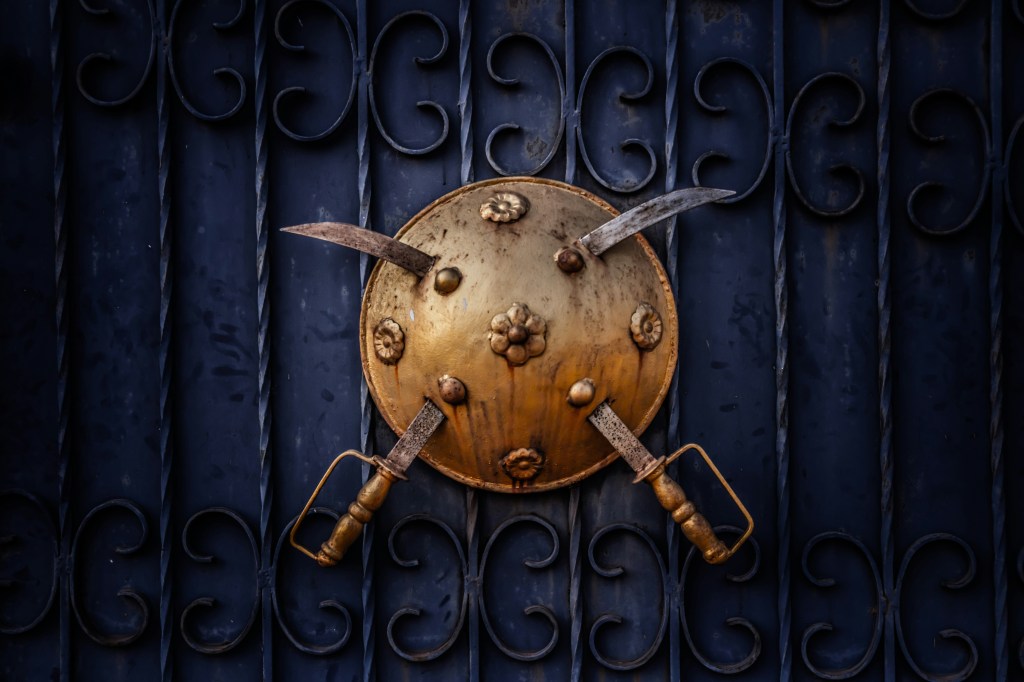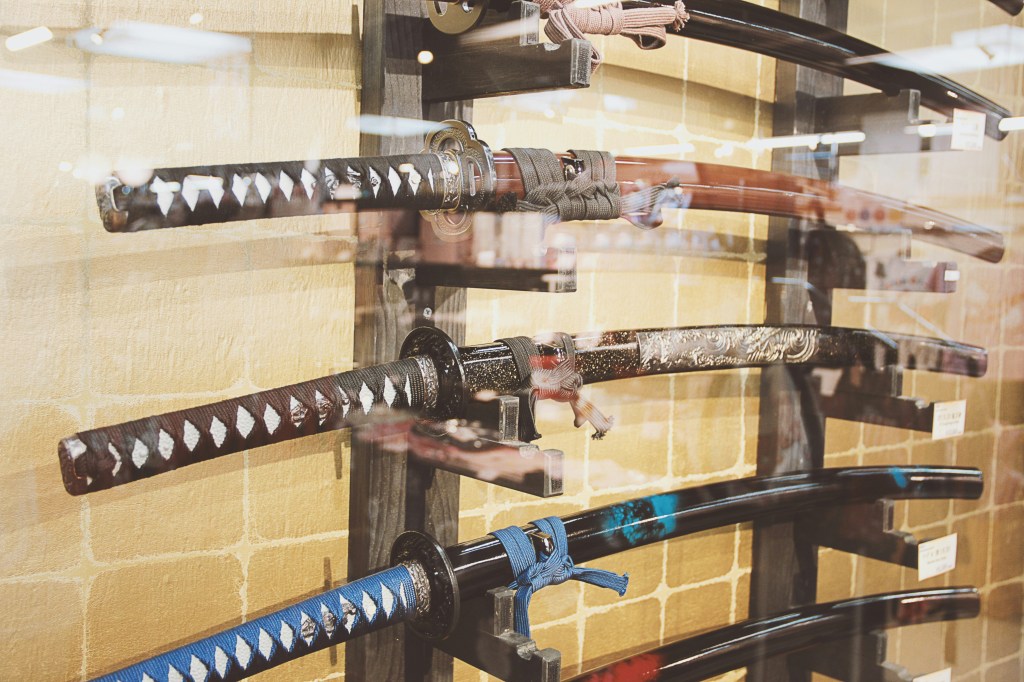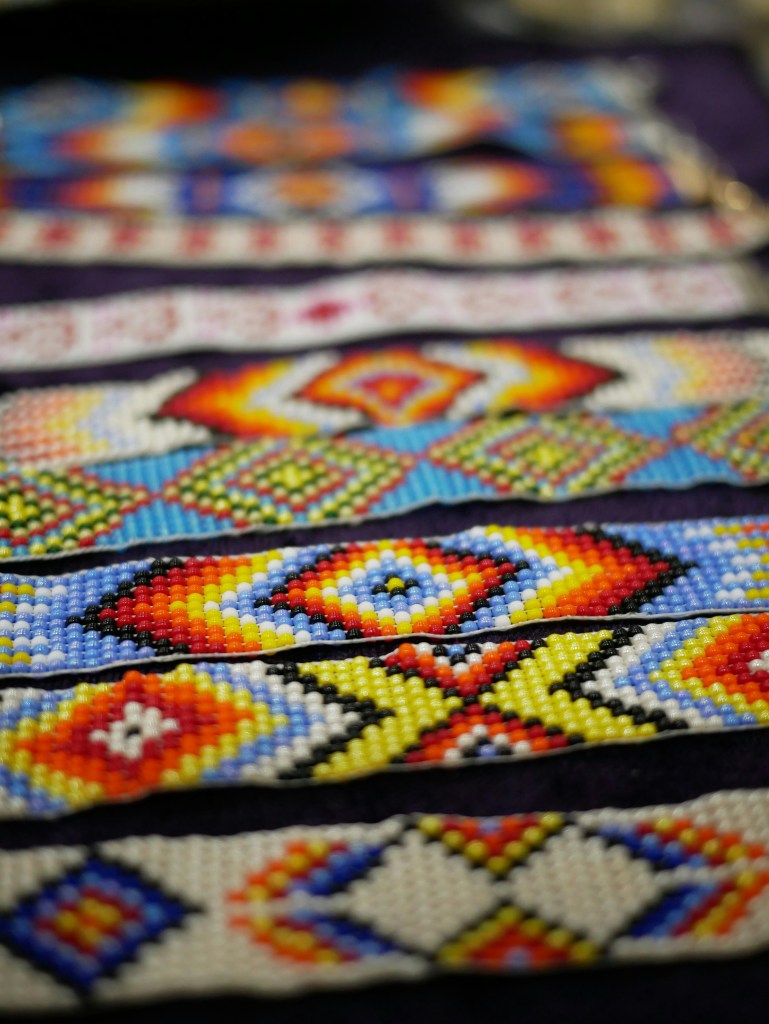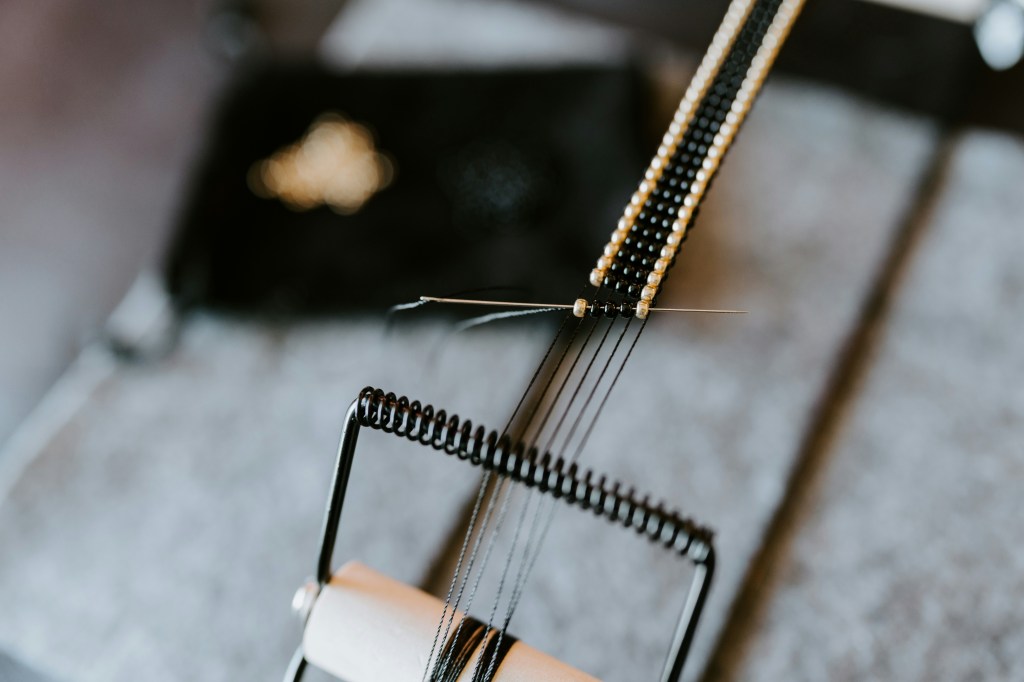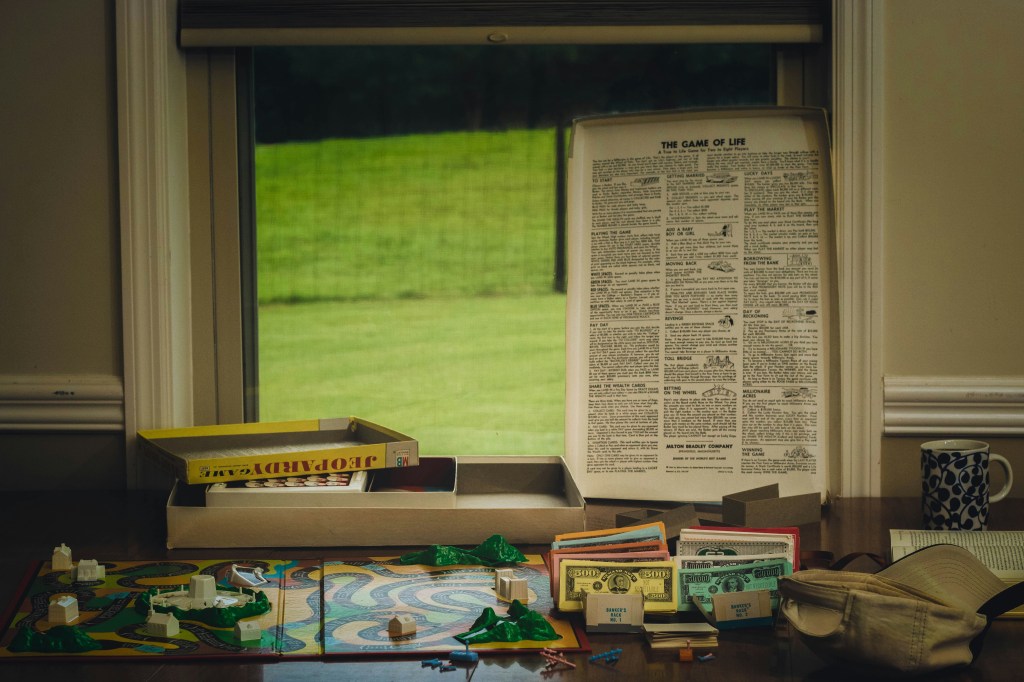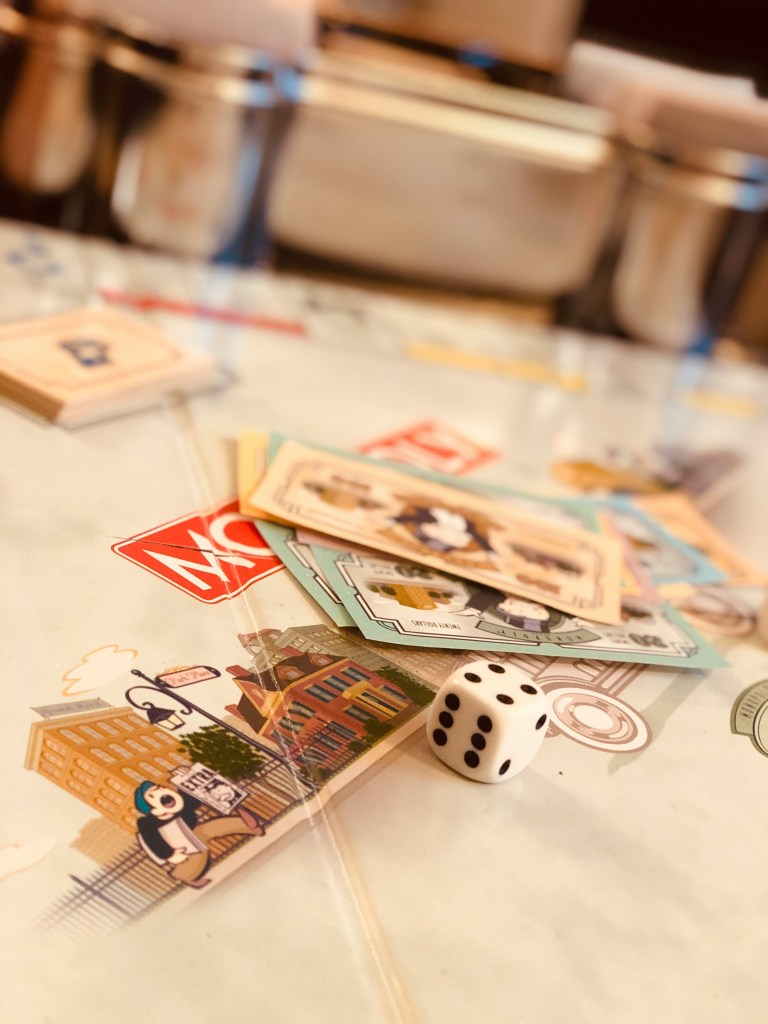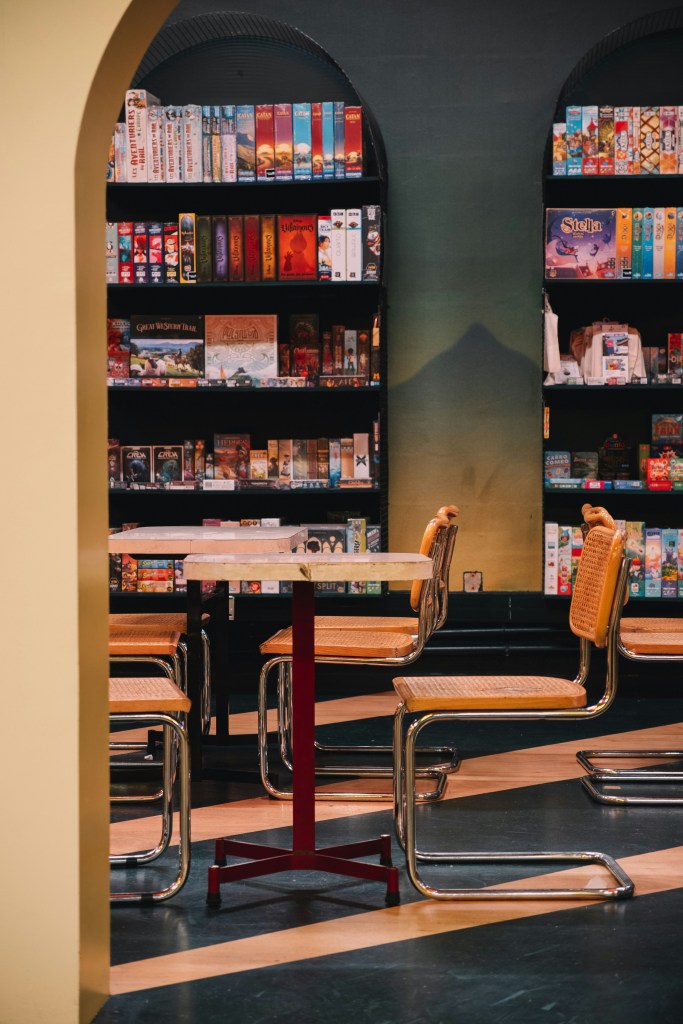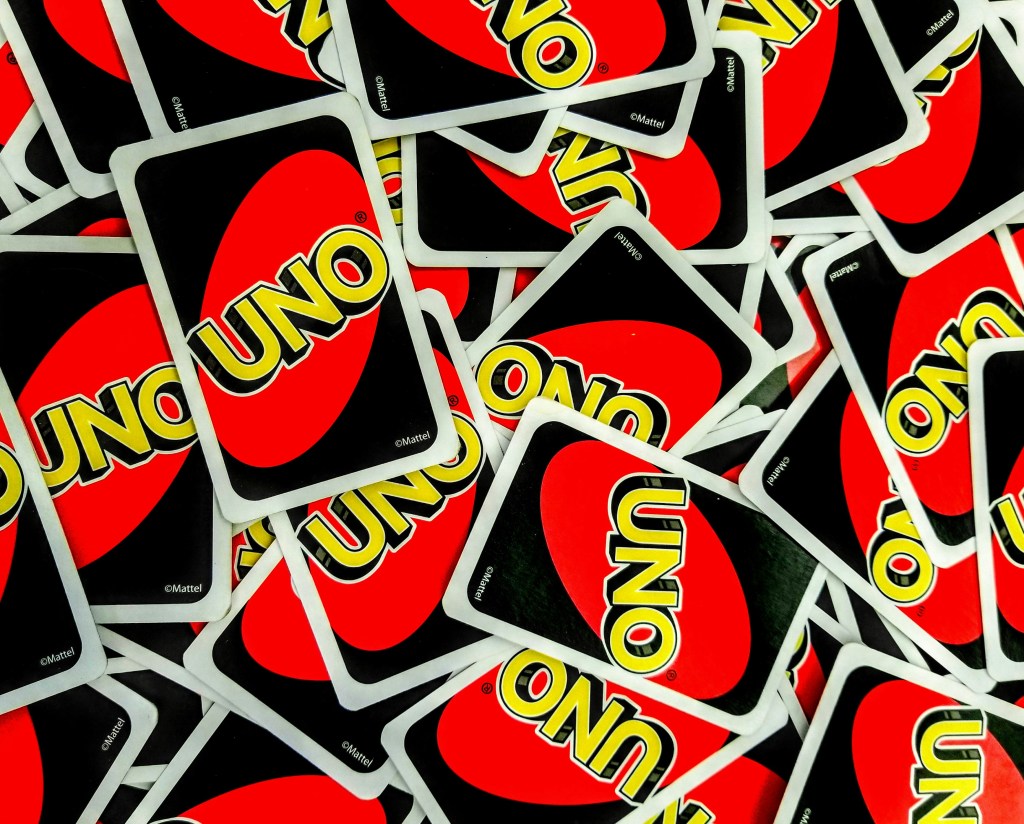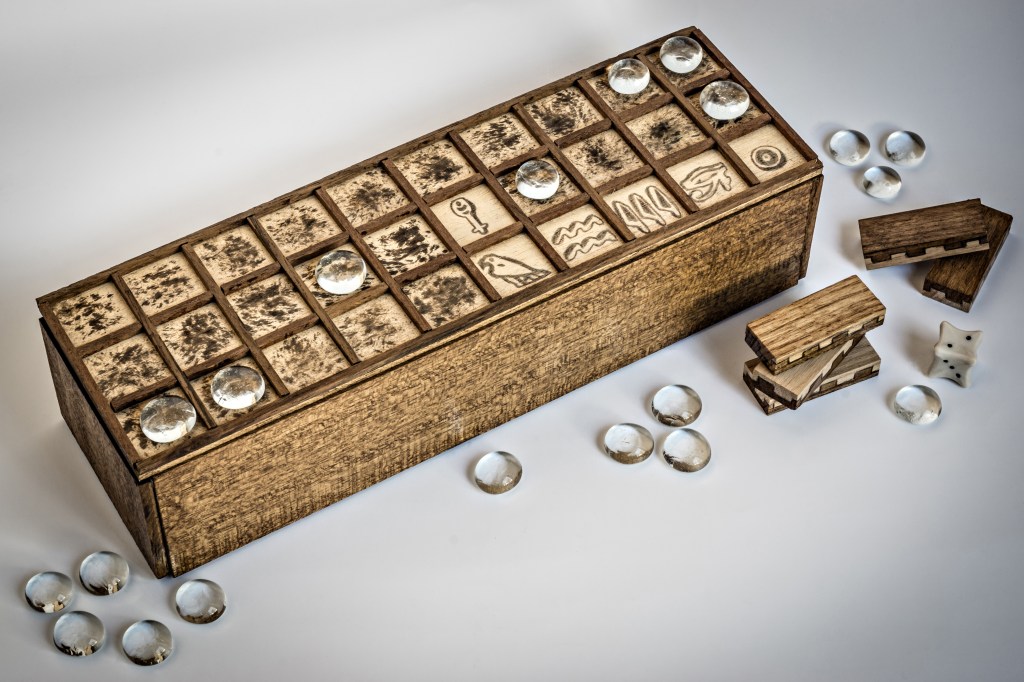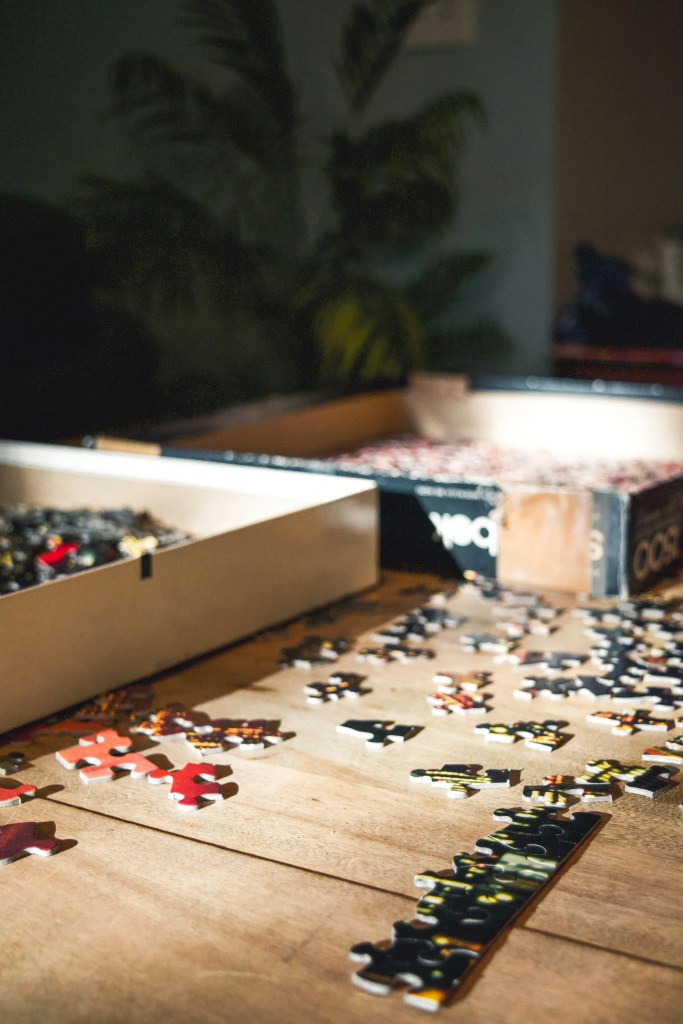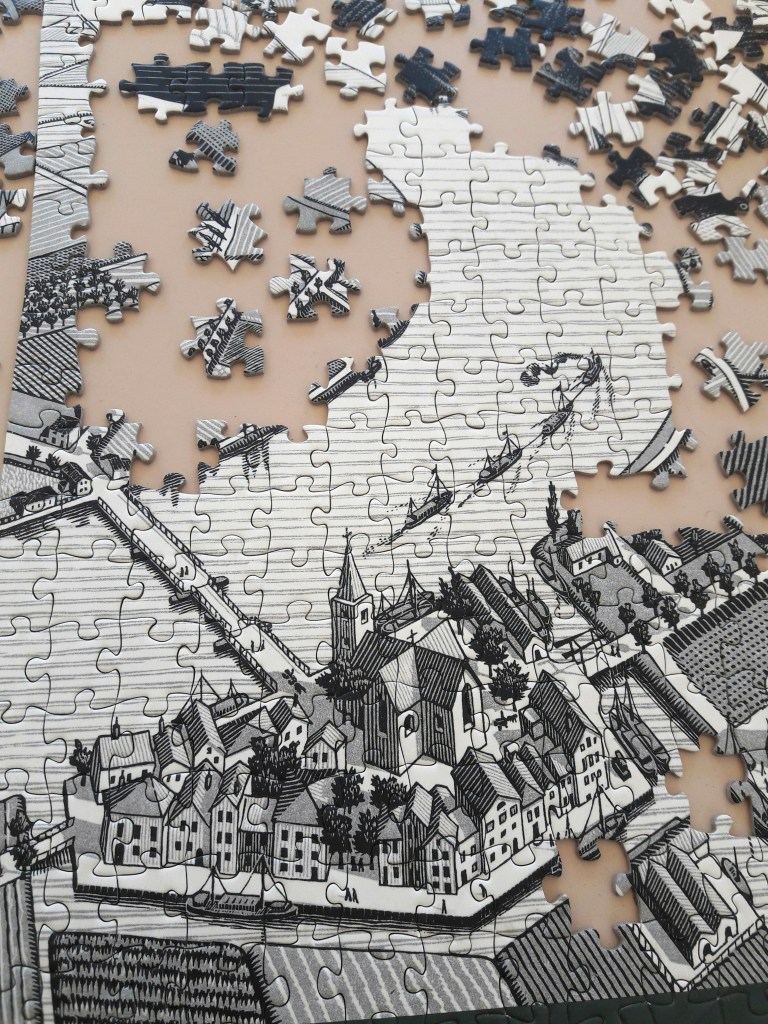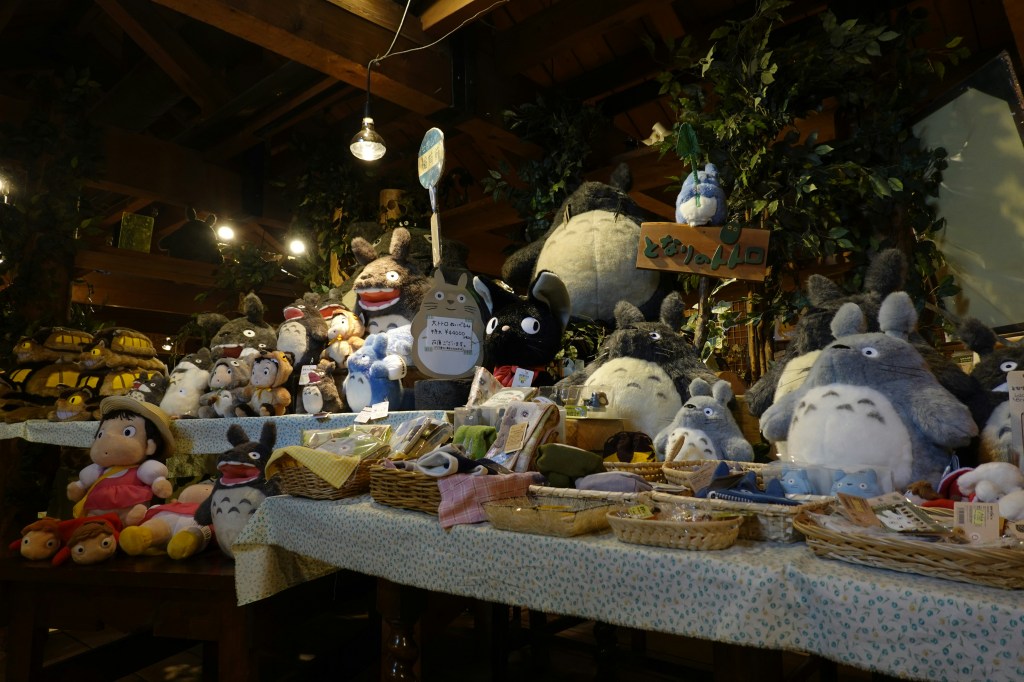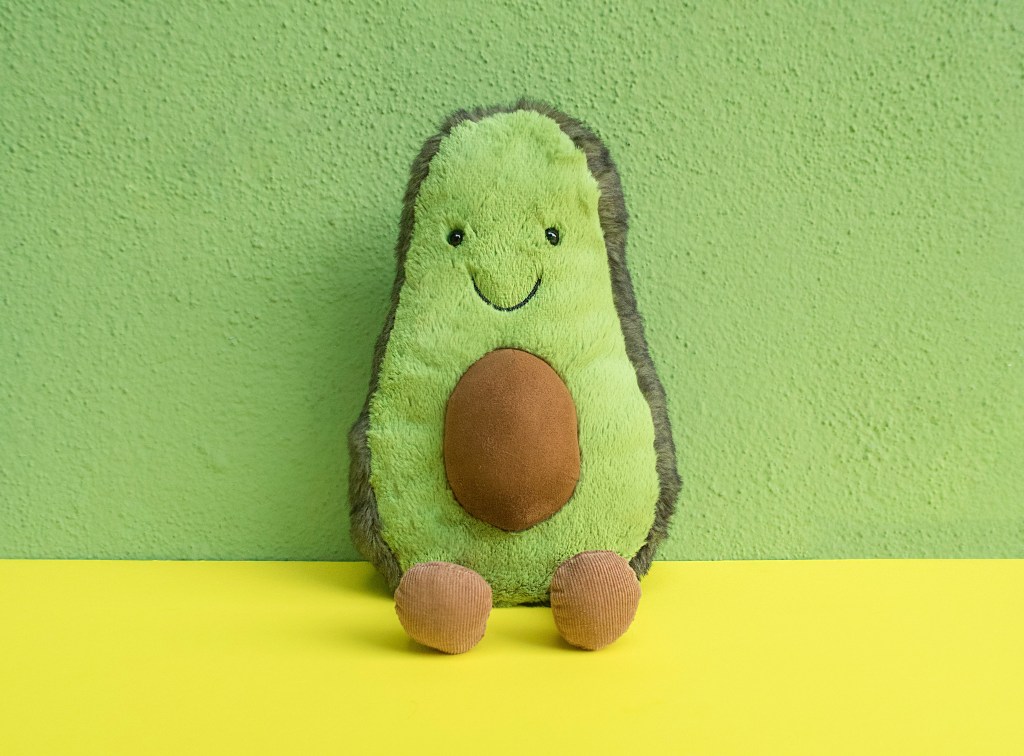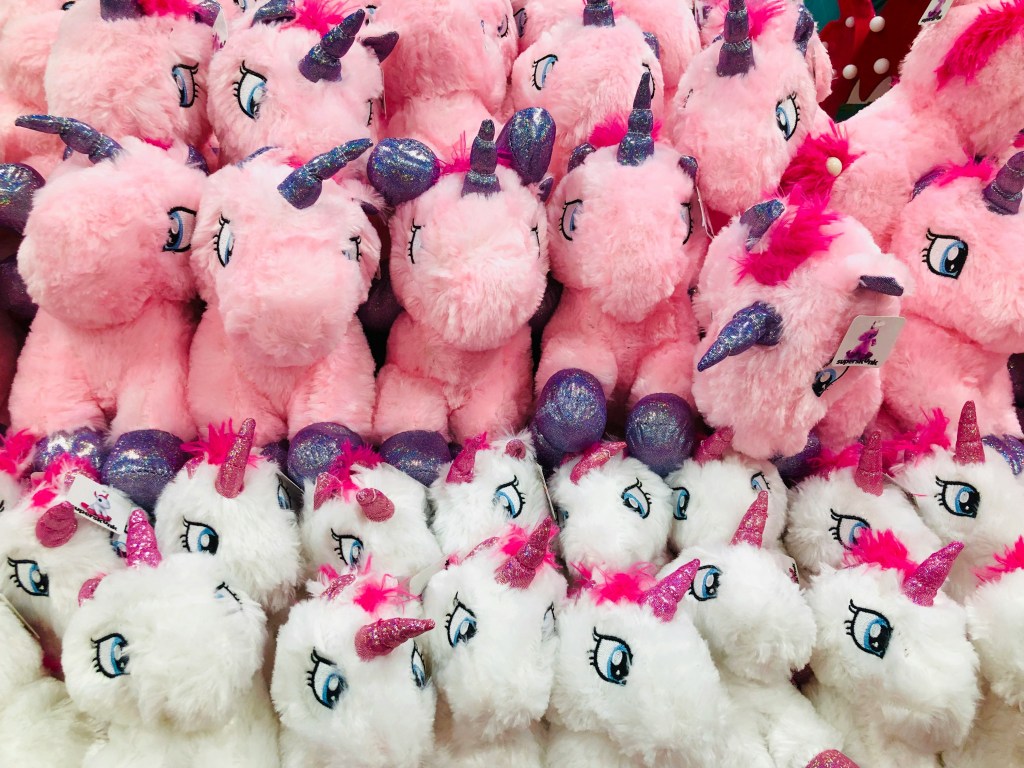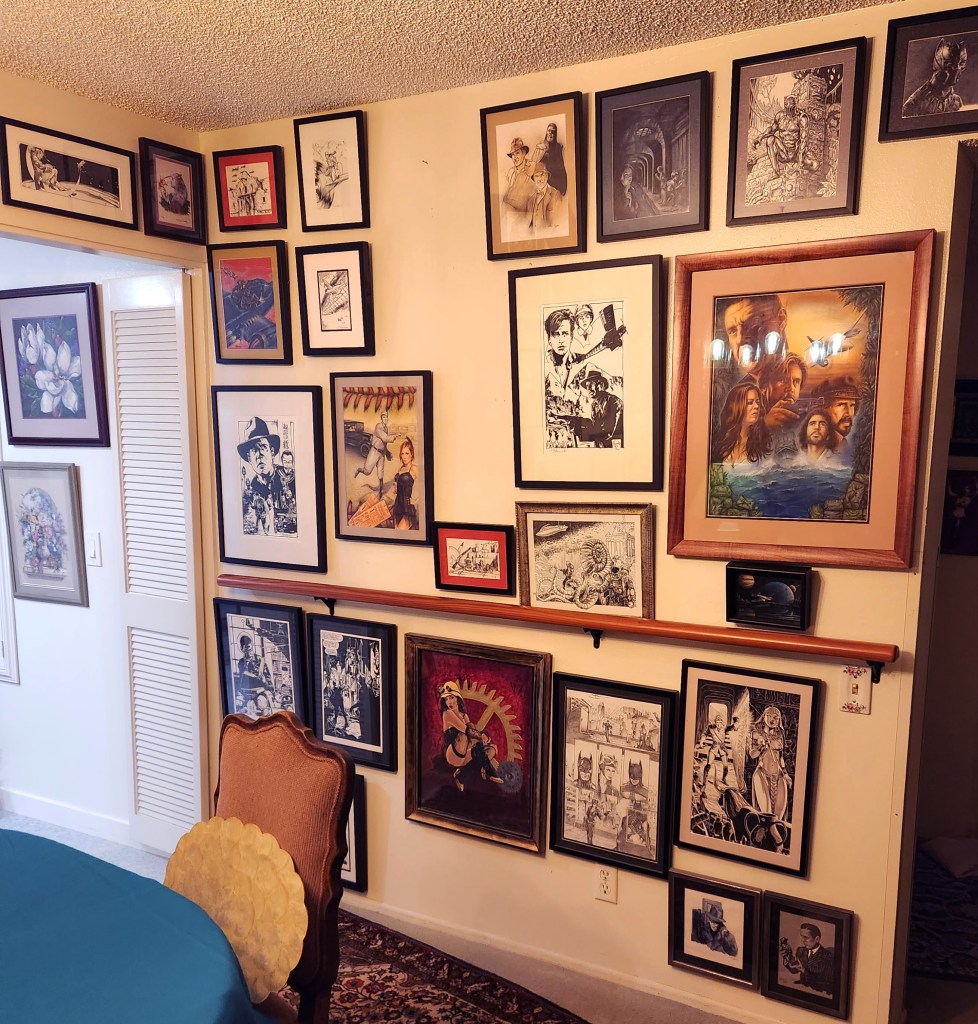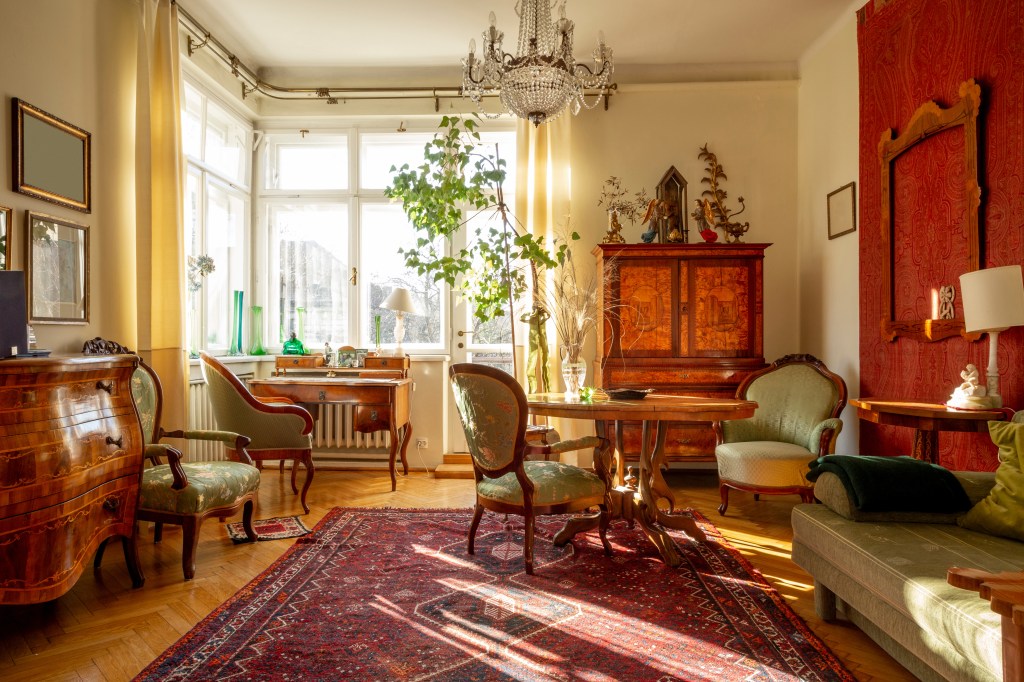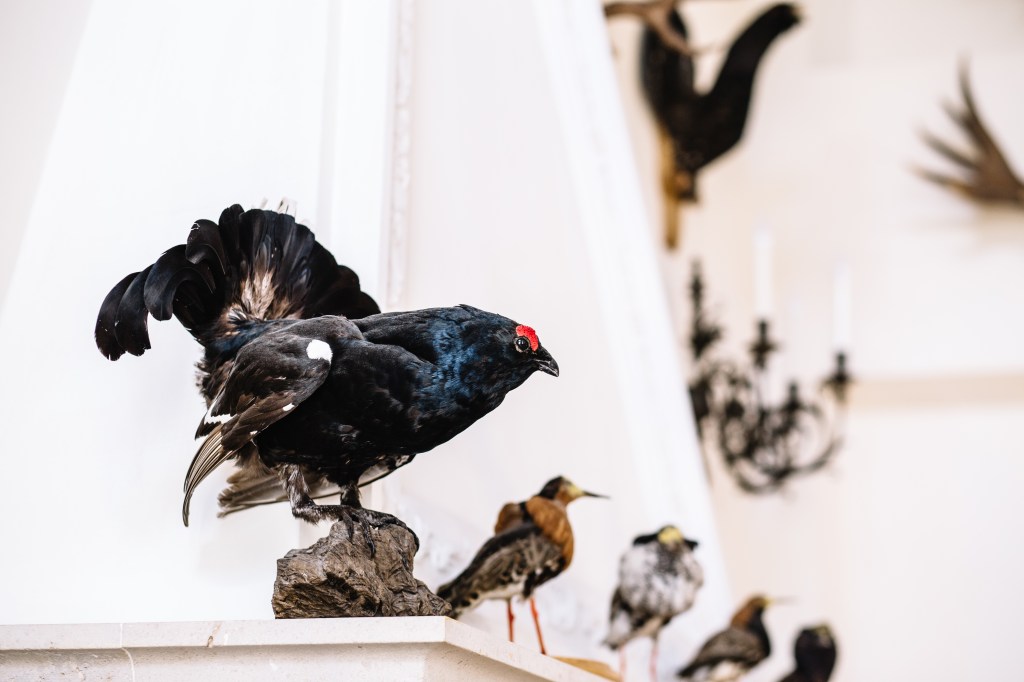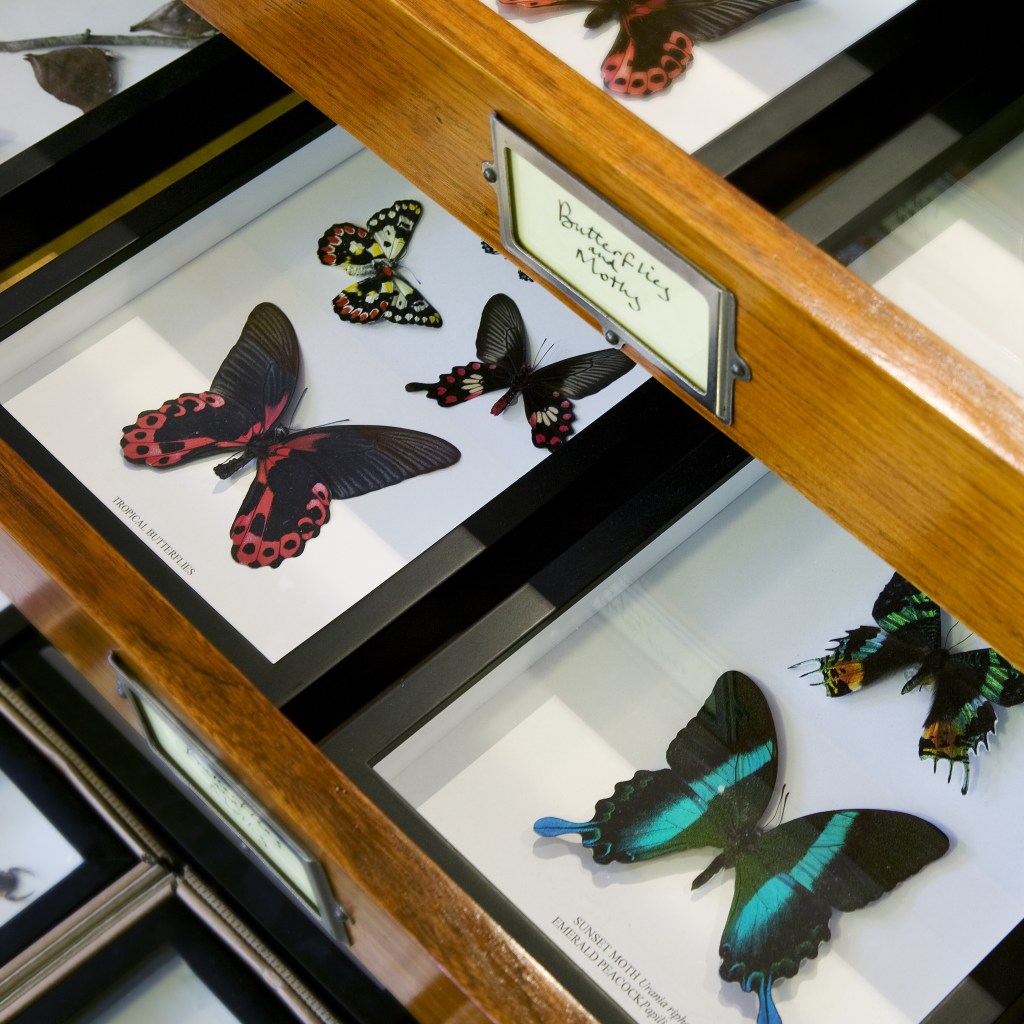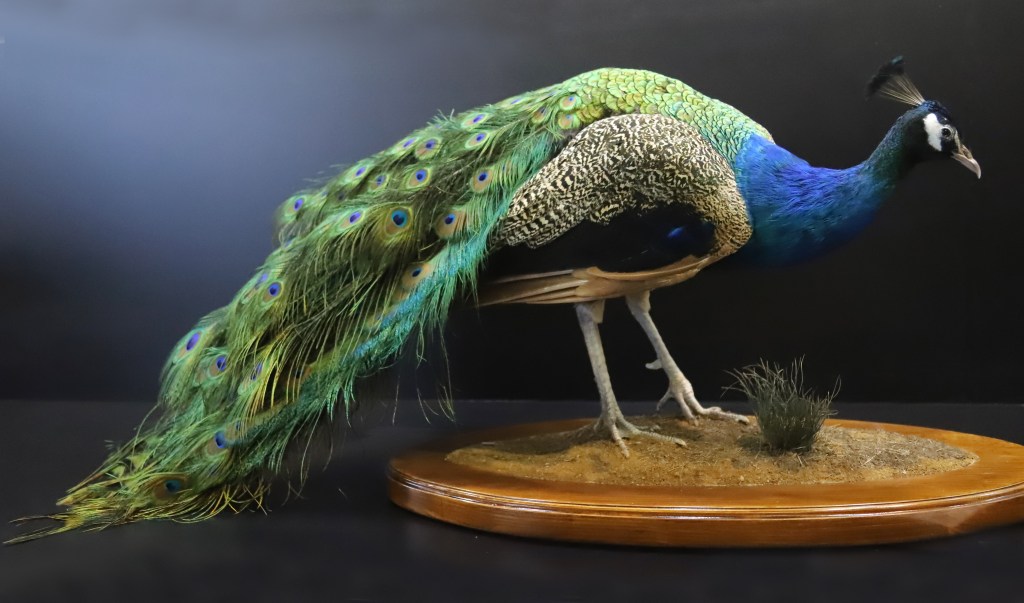Introduction to Collectible Limited Edition Prints
Delving into collectible limited-edition artwork opens up a fascinating aspect of collecting, highlighting what makes these pieces stand out in an art lover’s collection. These fine art prints, prized for their limited availability, emphasize their unique value among collectors, adding a beautiful and diverse layer to any home’s decor. Understanding the basics of these art prints is essential, as it sheds light on their potential as valuable investments.
Each limited-edition print carries a story, making it an indispensable addition to any art collection. The variety of styles and subjects ensures that something suits every collector’s taste, feeding into the love for art that transforms a living space into a home filled with beauty and history.

Understanding the Value of Limited Edition Art Prints
In the captivating world of art collecting, understanding the myriad factors that contribute to the value of limited-edition art prints is paramount. Limited edition art prints hold a unique position in the art market, offering both seasoned and novice collectors an opportunity to own a piece of artistic excellence. Each print in such collections is not just a copy but a part of a limited series, often signed and numbered by the artist, thereby elevating its worth and desirability. But what exactly determines the value of these art prints?
Value of art prints
The artist’s reputation, print rarity, and print quality all play a crucial role in determining the value of an art print. A renowned artist’s print typically commands a higher price due to established demand. Limited edition prints are valuable due to their scarcity, and the quality of the print materials and techniques used also influences its worth.
Consider the provenance, condition, and current demand when assessing the value of art prints. Well-documented history and pristine condition can increase value, while market trends and popularity of artists or styles also play a significant role.
Collecting limited-edition art prints is not only a passion but also an investment. By considering these factors, collectors can make informed decisions, ensuring their collection has not only aesthetic but financial value as well. Whether you’re a seasoned collector or new to the art world, understanding the worth of limited-edition art prints is essential in navigating the market effectively.
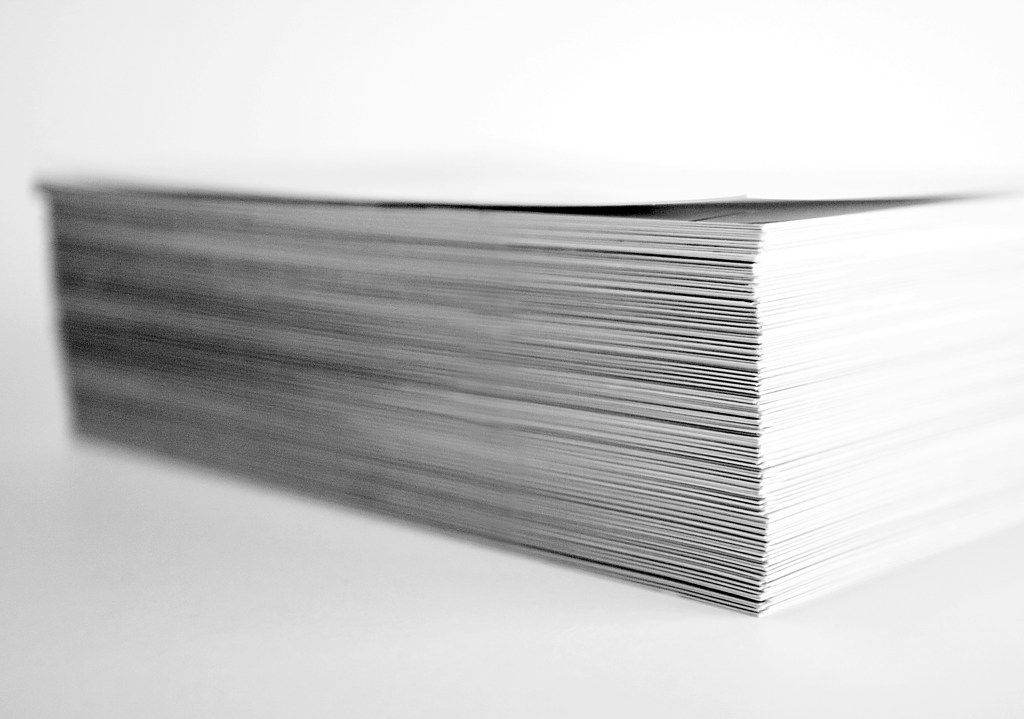
The Artistry Behind Fine Art Reproductions
The process of fine art reproduction is an art form that requires a delicate balance of creativity and technical expertise. Artists and technicians work closely to replicate the original artworks accurately using cutting-edge techniques.
Our exploration delves into the realm of artistry in reproduction, illuminating the delicate interplay between maintaining the original’s integrity and embracing the unique qualities of the reproduction process. This captivating convergence of tradition and innovation revitalizes beloved works, enabling art enthusiasts to engage with the classics tangibly.
Print-making techniques and art print creation
Printmaking is an age-old art form respected for its unique ability to replicate designs with exquisite detail and texture. Among the various techniques, relief printing is the most notable. This process involves carving the surface of a printing block and carving the design. Once inked, the raised surface is pressed firmly onto the paper, transferring the design onto the paper.
Relief printing is a formative art technique that includes woodcutting, linocutting, and letterpress. Woodcutting, the oldest form, involves carving a design into wood. This method is celebrated for its rich history and the meticulous effort required. Lino cutting, a newer approach, uses linoleum blocks, allowing for smoother cuts and diverse artistic expressions, making it popular among current artists. Letterpress used raised type or images on blocks pressed onto paper and was pivotal in 19th-century communication. Each technique showcases the evolution of relief printing from traditional to modern, highlighting its significance and the ongoing innovation by artists in the field.
Reproduction vs. original prints
Original prints are produced by the artists through printmaking or other art forms. The artist signs and numbers the print to indicate authenticity. A reproduction print uses a photo of the artwork and replicates the original. This is not considered original since the artist did not create it.
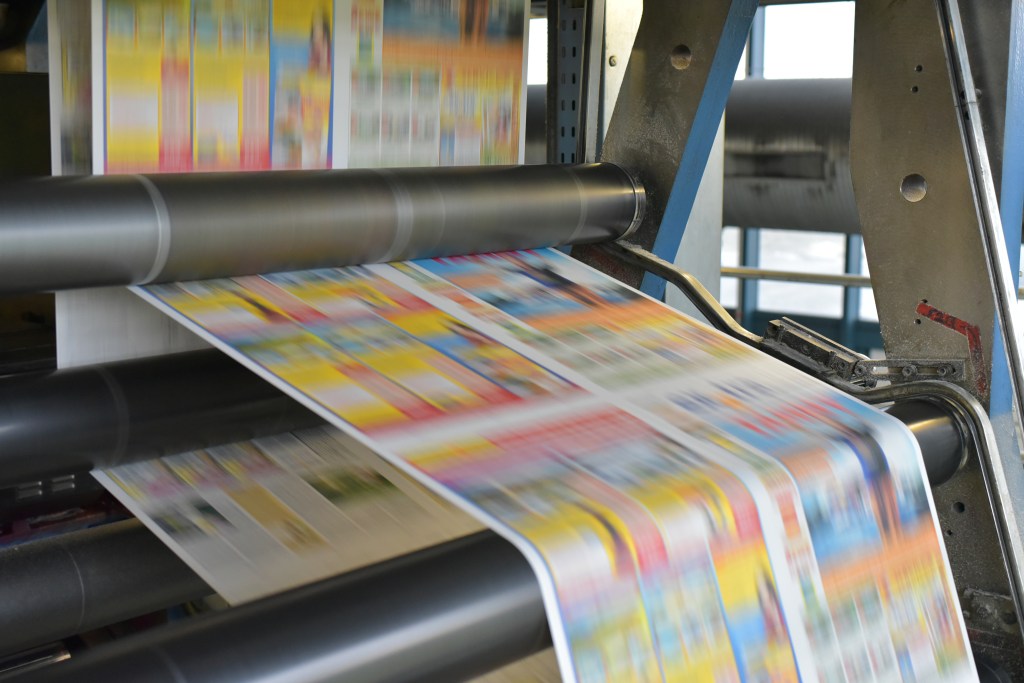
How to Identify Authentic Limited Edition Prints
The journey to authenticating and identifying limited-edition prints can be challenging, especially if you distinguish genuine pieces from reproductions. Several key features and verification methods will help you ensure the authenticity of the posters.
Art print authentication
The first step is to look for the artist’s signature or an artist’s mark since these features are the primary indicator of a print’s legitimacy. Another essential element is ensuring the print has a Certificate of Authenticity (COA), which generally accompanies limited-edition prints. A COA will help establish legitimacy. In addition, look for numbers that indicate their place in a limited run. A number or edition adds exclusivity and value to the poster.
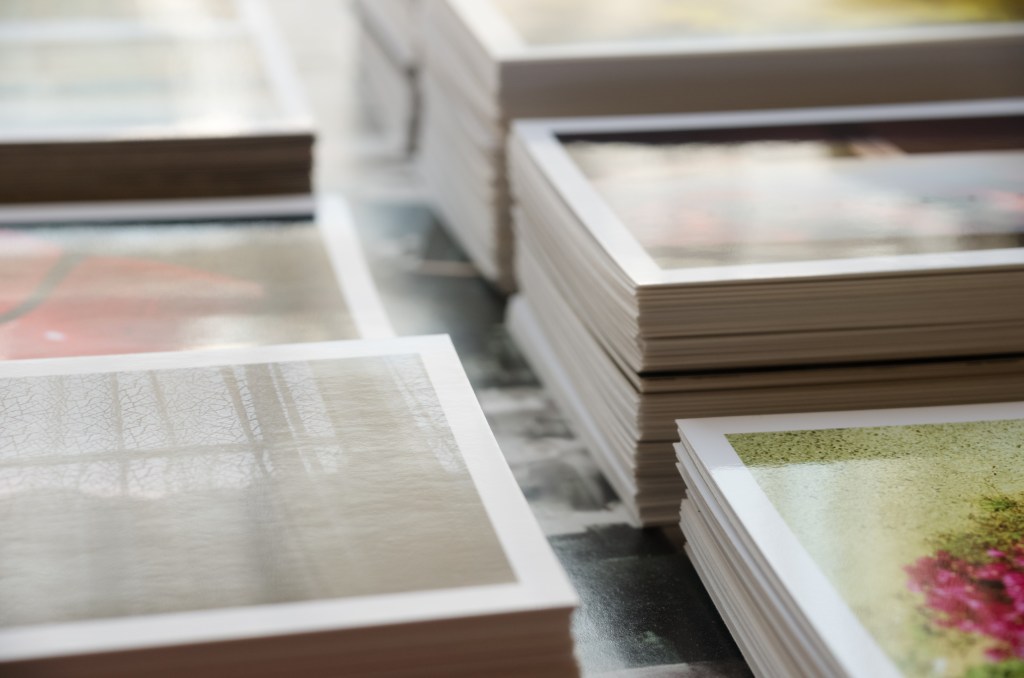
The Market for Limited Edition Art: Trends and Insights
The art world is constantly evolving, and this is how artists and collectors engage with the market. One of the most significant trends is the increased demand for limited-edition art prints. These pieces offer a blend of accessibility and exclusivity, making them appealing options for a wide range of art enthusiasts.
Market insights
Collecting art prints is an excellent starting point for beginners and those who might not have the financial means to invest in original fine art pieces. Limited-edition prints tend to be more affordable, which allows art lovers to own a piece of their favorite artist’s work without going over budget. This accessibility opens up art collecting to a broader audience and encourages a new generation of collectors to explore their passion.
For young artists, the trend towards limited edition prints presents a new opportunity to collaborate with printmakers and introduce their art to the market. This partner facilitates the production of high-quality prints and helps artists reach a wider audience. By making their art more accessible, artists can build a following, increase their visibility, and establish a foothold in the competitive art market.
The rising popularity of limited-edition art prints is a testament to the evolving art market. Whether you are a new collector, a young artist looking to make your mark, or an established creator seeking to broaden your audience, the world of art prints creates new opportunities. This trend emphasizes that art is for everyone, and the ever-changing landscape continues to connect people from all walks of life.
Building and Curating a Collection of Rare Art Prints
Whether you’re an experienced collector or have an appreciation for the beauty and history of art, this guide is designed to help you through the nuances of building and curating a collection that not only holds aesthetic value but also stands as a testament to your taste and insight. From uncovering hidden gems to understanding the intricacies of art market dynamics, join us as we explore expert tips on sourcing and selecting pieces that will enrich your collection and your understanding of the art world.
Art collecting tips
Exploring the world of art collecting can be a thrilling and fulfilling journey. Embarking on this journey begins with stepping into a local gallery and museum. These spaces not only showcase diverse artworks but also offer more profound insight into your local art scene, allowing collectors to witness the evolution of art first-hand.
The quest for curating unique art prints often leads collectors to local art fairs. These interactive and vibrant gatherings allow you to connect with the artist and ask them about their work. By engaging with the artist directly, you’ll be able to understand the story of their creations and get firsthand insight into their techniques, which adds an invaluable sense of connection and meaning to your connection. In addition, buying directly from the artist ensures that the art print is genuine. Following artists on social media can help collectors stay updated about limited edition prints and other important announcements.
In addition to these personal interactions, seeking reputable dealers and auctions can expand your horizons. Engaging with professionals in the field, asking them questions, and learning from their experiences can help you make informed decisions. Knowledge is key in the art collecting world, and these experts can offer a wealth of information.
Engaging with your local art community helps you build networks and create a collective of shared passions and interests, making the journey of art collection about discovering beautiful artworks and connecting with others.
For more information on collecting fine art, check out our blog “Fine Art Collections: Tips for Art Enthusiasts“!
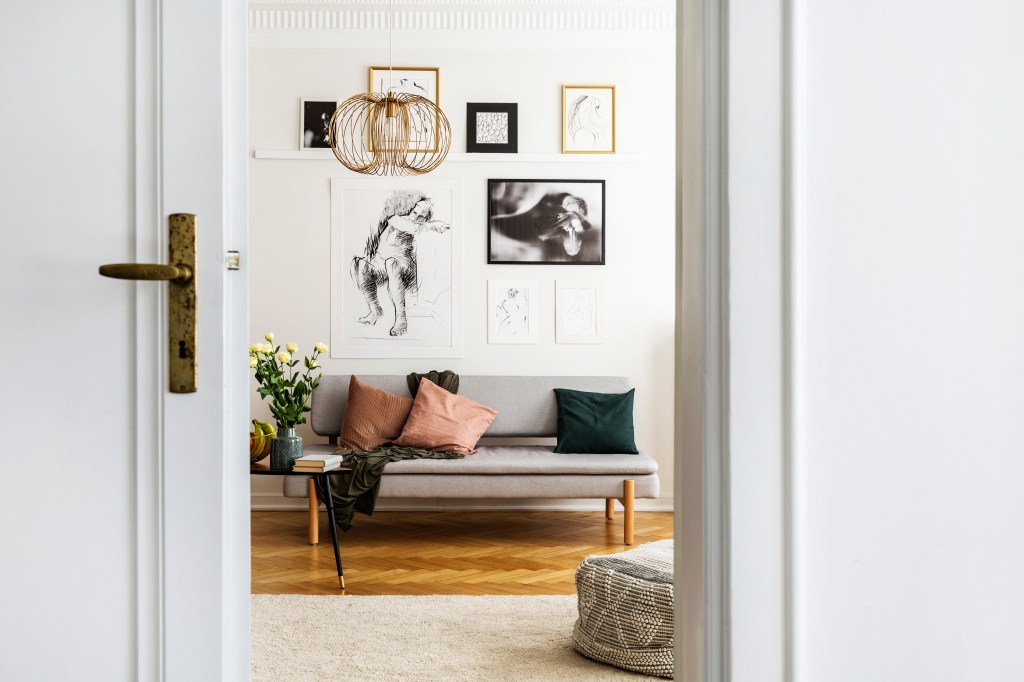
Investing in High-Quality Art Prints: What to Look For
Investing in art prints is not just about decorating your space with beautiful images; it’s about making a wise decision that could potentially add value to your collection in the long run. Understanding the key considerations and qualities to look for when choosing these pieces is crucial. Whether you’re a seasoned collector or new to the world of art investment, being informed can make all the difference.
Art investment tips
First and foremost, the quality of the art print matters immensely. High-quality art prints are visually stunning and often made with superior materials that ensure longevity. Look for prints made with archival-quality paper and inks—these are designed to resist fading and deterioration over time, preserving the integrity of the artwork. Additionally, limited edition prints, often signed and numbered by the artist, can be more valuable due to their scarcity.
When investing in art prints, consider the reputation and significance of the artist. Prints by well-known or up-and-coming artists can be a brilliant addition to your collection. Research the artist, follow art trends, and attend exhibitions to gain valuable insights. Provenance and authenticity are also essential. Ensure that the print comes with documentation verifying its origin and authenticity, such as certificates, artist signatures, and print edition information for valuation purposes.
When investing in art prints, consider quality, artist reputation, authenticity, and personal connection. Choose pieces that resonate with you, evoke emotions, or complement your taste for long-term satisfaction.
Preserving and Displaying Your Limited Edition Prints
For art enthusiasts and collectors, preserving and adequately displaying your artwork is vital for maintaining the condition and value of the print of canvases; careful attention to details, such as choosing the right frames and protecting the prints from direct sunlight, can significantly impact their longevity over time. This guide provides practical advice and tips to help you preserve and hang your artwork, ensuring it remains a source of joy and pride for years to come.
Displaying limited edition prints
Ensuring the longevity of your artwork is pivotal, and investing in proper framing is a crucial step in this journey. Seeking the expertise of a professional for recommendations is highly advised, as they provide advice for your specific piece. Additionally, when selecting framing materials, it’s essential to consider protection against ultraviolet (UV) light, which can cause fading and deterioration over time. Opting for UV-protective glass or UV plexiglass (a safer option that minimizes the risk of damage from breakage) can make a significant difference in maintaining the vibrant colors and integrity of your print for many years to come.
Preserving art prints
When displaying your prints in your home or office, taking care of their placement will preserve their longevity and vibrancy. It’s essential to be mindful of the environment. First and foremost, avoid placing your artwork near heat sources or in direct sunlight. The heat and light exposure can cause the colors to fade, robbing the print of its original luster. Equally, high-humidity areas, such as bathrooms or kitchens, are not ideal for your prints. Humidity can be detrimental to paper, leading to damage that could have easily been avoided. Therefore, ensuring a stable room temperature away from harmful elements can make all the difference in preserving the quality and beauty of your art pieces for years to come.
Sources
https://tonomistudio.com/blogs/news/an-introduction-to-the-world-of-limited-edition-prints
https://www.artworkarchive.com/blog/how-to-collect-limited-edition-prints
https://www.dolack.com/pages/collecting-limited-edition-prints
https://viviaprint.com/art-printing-comprehensive-guide/
https://art.rtistiq.com/en-us/blog/unveiling-limited-edition-prints-are-they-worth-collecting
https://www.platformart.com/features/investing-in-fine-art-prints
https://www.artelino.com/articles/care_art_prints.asp



